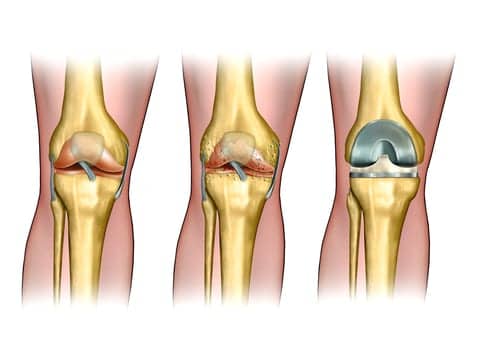With reports of roughly 20% of total knee replacement patients dissatisfied with persistent pain after surgery, Veterans Affairs Health Care researchers developed the “kinematic alignment” method of knee replacement, said to be superior to pain relief and range of motion associated with postsurgical results of traditional knee-replacement methods.
Kinematic alignment is described in the Fall 2014 VA publication Research Currents, as a method that uses MRI scans and specialized software to generate custom cutting guide used by a surgeon to prepare bones that surround the cobalt chrome prosthesis. The result is said to provide a “more personalized fit.”
Gene Dossett, MD, chief of orthopedic surgery at the Phoenix VA Health Care System, worked with other VA physicians in a 2-year clinical study that compared traditional methods with kinematic alignment. The effort reportedly is the first randomized, controlled trial to compare the two methods. Findings from the study appear in the July 2014 Bone & Joint Journal.
“What we found is that kinematic knee replacement provided much better pain relief and was more effective in restoring function and range of movement,” Dossett says.
The “traditional method” is described as one in which the surgeon aligns the bones in the leg from hip to ankle, and cuts the bones at 90-degree angles to form a fit for the prosthesis. According to Research Currents, kinematic alignment differs in that the bottom of the thigh bone and top of the shin bone are cut using personalized guides. The fabrication process for the guides uses MRI scans and software-generated three-dimensional models of the knees.
[Source: Research Currents]





